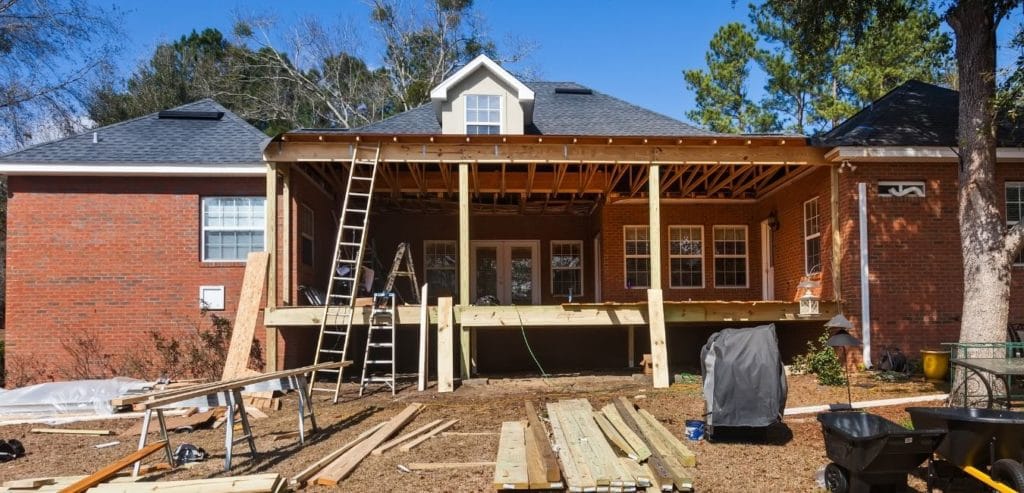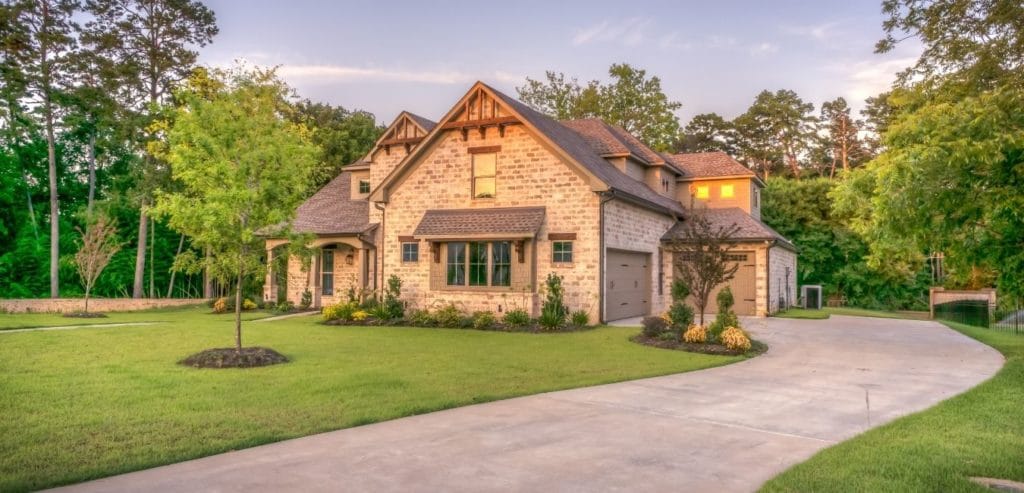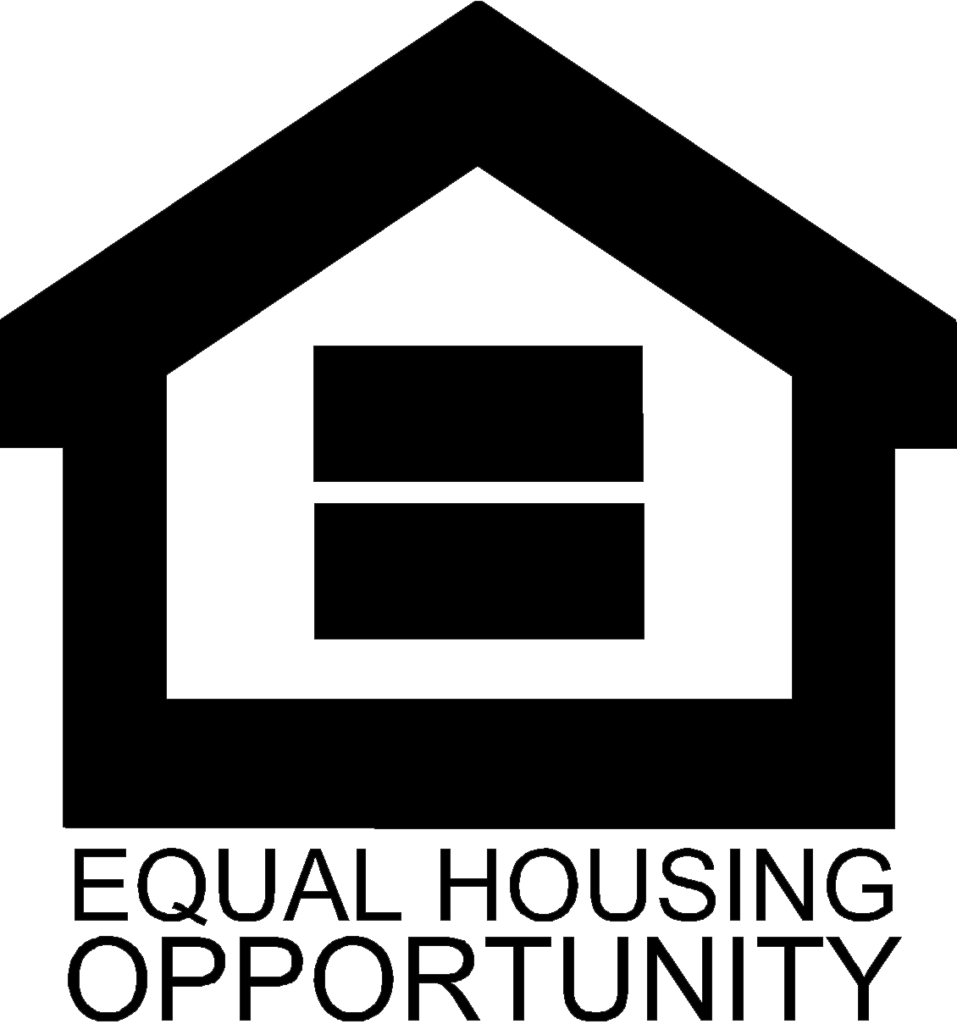Introduction
1031 Improvement Exchanges often go by other names, such as “Build To Suit 1031 Exchanges” or “Construction 1031 Exchanges.” This process allows you to not only buy replacement property but also improve said replacement property. A 1031 Improvement Exchange involves a tax deferral; experts recommend consulting your legal or financial representative or a tax counsel before starting.
So why is this important?
1031 Improvement Exchanges help the exchanger find the quote-unquote perfect replacement property by allowing improvements, such as simple repairs to the existing property or entirely new construction. Many opportunities for investors and buyers arise when using this strategy.
Let’s dive into what you need to know about 1031 Improvement Exchanges and how they could help better understand real estate.

Key Facts
Firstly, 1031 Improvement Exchanges are carefully administered and obey all the applicable statutory, regulatory, and case laws.
Secondly, The Internal Revenue Code Section 1031 and Regulations provide investors with a safe procedure to exchange real property without paying capital gain taxes. The investor can receive property in a tax-deferred exchange of like-kind property, giving them upgraded real estate fitting their vision. Therefore, the exchange proceeds from the sale may be used to acquire, repair, and improve the property without paying certain fees.
Finally, Improvement Exchanges are advantageous because the investor can use the money from their relinquished property to improve and repair their desired property because there is no concern about capital gains. However, to confirm that the buyer will not need to worry about these specific taxes, the exchange funds of the replacement property must be equal or greater to whatever property relinquished by the investor during this exchange.
For Example
Say you, the investor, own an apartment building with a value of $1.7 million that holds $700,000 in debt and $1 million in equity. You are interested in a for-sale property in an ideal location. Once you renovate and expand the space for what you have in mind, it would be perfect for new offices. The total cost is $1 million, and the improvements estimate at around $700,000.
From there, you can finance the improvements with a $700,000 construction loan. When the renovations are completed, which could take about five months, the improved building will be worth $2 million, doubling in value.
Requirements
Some of the necessary elements of a 1031 Improvement Exchange include the following:
- Once the property is relinquished, the investor must receive the replacement property within 180 days
- Before the investor receives the property, the improvements in the exchange value of the replacement property must be completed
- If the exchanger receives only unimproved land with labor and materials, the exchange will not be tax-deferred since services and personal property are not applicable compared to real property; in other words, the former is liable to be taxed
- The exchange value is determined the day that the investor receives the title, and the value of any improvements before the exchange are included; consider this formula: the purchase price plus the closing costs versus the sales price minus the closing costs
General Structure
An investor and the qualified intermediary take part in an exchange agreement. This details the qualified intermediary’s responsibility to obtain and improve the property to the investor’s guidelines.
A contract to sell the replacement property is assigned by the investor. Then the property is sold to the intermediary. The replacement property and its improvements are established and can be addressed up to the 45th day after closing.
The intermediary purchases and takes the title then oversees the improvements with the investor. They are responsible for taking the necessary steps to complete the improvements, such as hiring designers, contractors, completing the project, financing the construction, and supervising. The intermediary approves disbursements of exchange proceeds and seeks possible sources for other funds from an institutional lender.
After completing the improvements, the replacement property is sold to the investor at an equal price. This cost is decided based on the acquisition including the construction cost of improvements. The improved property is given to the investor in exchange for the replacement property. When the replacement property is named to the investor, the exchange is final.
Breakdown of a 1031 Improvement Exchange
Now since you have a general idea of Improvement Exchanges, the following paragraphs further analyze how they can be distinguished into two recognizable categories.
The First Phase
The investor (you) contacts and informs your representing company of your objective to participate in a 1031 Improvement Exchange. You may provide more information that ensures the exchange will be beneficial. Your account can be established after providing reliable contact information.
Next is to locate the buyer of the property; a sale is issued. They must sign an agreement that states that the property is engaging in a 1031 exchange, and the seller may agree to cooperate. Afterward, the closing agent is contacted, where you can provide your sales information and inform them of the impending exchange. The company gathers additional information needed to formulate the exchange, namely property information, previous sales, the closing date, and buyer information.
Lastly, the closing exchange documents are formed and sent to appropriate individuals. Both parties sign the exchange then the replacement property is transitioned from the exchanger to the buyer. The closing agent forwards the sale to a designated federally insured bank.
The Second Phase
This part involves the review of the identification packet. This paperwork contains the replacement property transfer date, the amount of the exchange proceedings, and deadlines. Once reviewed and approved, the packet will be sent by the company. You may sign this if everything looks accordingly.
You can then locate the property you wish to buy and negotiate the required terms. You can sign the agreement that states the exchange and establish funding, which can be from this business transaction, a personal account, or a bank.
The exchange must include whatever necessary improvements once the property is identified. A copy is sent to your established representing company.
The closing agent is notified once more; they are provided the purchase information and any other details. They draft the appropriate documents to secure the exchange and create an LLC, or limited liability company, label for the exchange accommodation titleholder (EAT), who will hold title until paid.
Everyone engaging in the exchange can sign the documents. The exchange proceeds are transferred, and the replacement property is purchased. During this process, the money is treated as a loan until secured by a trust deed.
The document is signed to designate the EAT as owner and they can improve the property. At that point, you can be given access to supervise and review invoices. Upon submitting the written approval and signature and paying the EAT, they will revoke the title to the replacement at the end of the 180 days.
A reminder that the IRS does not issue extensions. Thus, this process must be completed within that time frame. You may choose to keep the LLC title or adjust it as a sole member.

Reverse 1031 Exchange, Parking Arrangement, and Other Terms
Sometimes, the 1031 Improvement Exchange is used or combined with either a Forward Exchange or a Reverse Exchange. Both are more complicated and only supervised by a qualified intermediary with experience and expertise.
A reverse exchange allows you to acquire your replacement property first while improving the acquired replacement property during the time you’re trying to sell. A reverse exchange’s procedures are similar to a 1031 Improvement Exchange; there are a few differences, such as providing partial funding for a down payment to the EAT.
As for deadlines, the replacement property cannot be held during the improvement period. The legal title of your replacement property must be “parked” by an EAT. You may enter an agreement called the Qualified Exchange Accommodation Agreement (QEAA) which defines and highlights the parking arrangement used in your transaction.
You can opt for a Special Purpose Entity (SPE) or a single-member liability company that excels in parking the title of your replacement property during an exchange.
Overall, these are complex and costly structures. It is recommended that you review the depreciation recapture and capital gain income tax liabilities. These will confirm that the cost during an exchange is legitimate.
The Takeaways
Whether you’re a real estate professional or someone looking to finance a property, the 1031 Improvement Exchange is valuable to know when considering buying and improving new property while selling your old property. Being a tax-deferred exchange allows investors to focus on buying new property without worrying about excess fees and provides many opportunities to find what they have in mind.
Remember that seeking advice, especially when you’re a new investor, is crucial because the trained representatives can walk you through the process to ensure that you are getting the right price and that everything runs smoothly. Many requirements that confirm all laws are followed; the process can seem daunting, however with the new knowledge acquired from this article, hopefully, you now have a better understanding of why 1031 Improvement Exchanges are beneficial.



